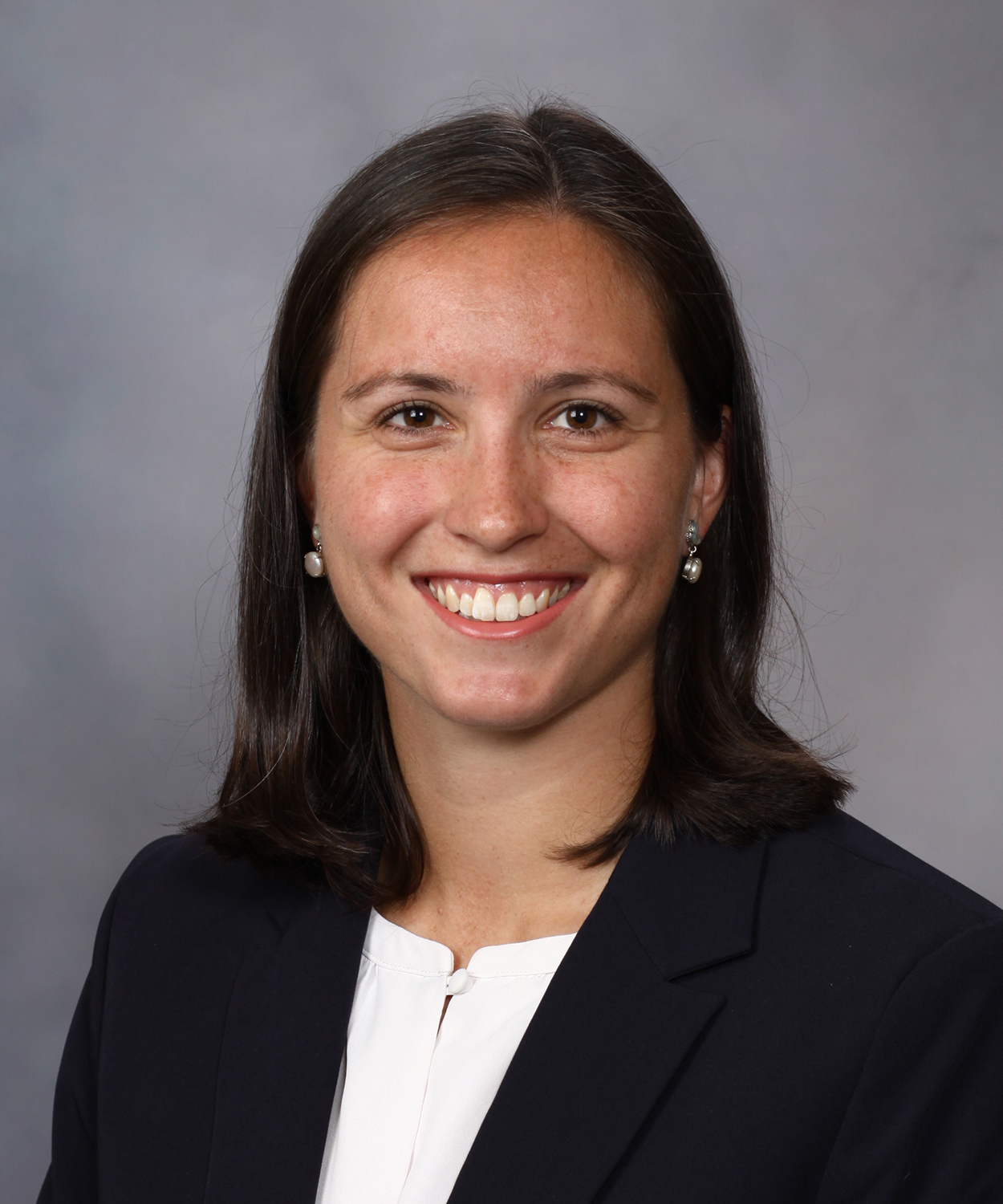Back
Introduction: 3-D models have been used successfully in oncologic planning, however there are limited data supporting their use and efficacy in complex genitourinary reconstructive cases. Due to complex and variable regional anatomy with transplant vasculature and collecting system, surgical planning requires an individualized approach based on anatomic relationships. Herein, we aim to illustrate the novel utility of 3-D modeling in surgical planning for complex upper tract reconstruction, and to describe an alternative approach to transplant proximal ureteral stricture reconstruction.
Methods: The index patient is a 17-year-old male with a history of bilateral grade 4 vesicoureteral reflux (VUR) who developed end stage renal disease despite ureteroneocystostomies in childhood. He underwent a living-unrelated donor renal transplantation in November 2021, complicated by a focal proximal ureteral stricture. His anatomy was further complicated due to prior ligation of his native distal right ureter and intraperitoneal location of his transplant kidney. Therefore, a 3-D printed anatomical model was created to aid in surgical planning.
Results: The 3-D model highlighted a complex trajectory of the proximal transplant ureter and area of stricture directly posterior to the renal hilar vessels. Additionally, the native right ureter ligation was noted distal to the transplant renal pelvis and was not amenable for use in reconstruction. Given these anatomic considerations, the patient underwent an uncomplicated robotic-assisted ureteropelvicostomy between his native left proximal ureter and transplant renal pelvis. Total robotic operative time was 2 hours 17 minutes. He was dismissed on postoperative day (POD) 1 with a creatinine nadir near his post-transplant baseline level at 10-week follow-up.
Conclusions: 3-D printed models have utility in select cases with complex anatomy. These models facilitate accurate regional and spatial anatomy of critical structures to enable effective operative planning. SOURCE OF
Funding: None
Video Abstract Session
Session: V01: Upper Tract Reconstruction
V01-01: Utility of 3-D Modeling in Complex Upper Tract Reconstruction: Robotic-Assisted Ureteropelvicostomy of Native Ureter to Transplant Renal Pelvis
Friday, April 28, 2023
7:00 AM – 7:10 AM CST
Location: Video Abstract Theater

Bridget Lang Findlay, MD, BS (she/her/hers)
Resident
Mayo Clinic, Rochester, MN
Video Presenter(s)
Introduction: 3-D models have been used successfully in oncologic planning, however there are limited data supporting their use and efficacy in complex genitourinary reconstructive cases. Due to complex and variable regional anatomy with transplant vasculature and collecting system, surgical planning requires an individualized approach based on anatomic relationships. Herein, we aim to illustrate the novel utility of 3-D modeling in surgical planning for complex upper tract reconstruction, and to describe an alternative approach to transplant proximal ureteral stricture reconstruction.
Methods: The index patient is a 17-year-old male with a history of bilateral grade 4 vesicoureteral reflux (VUR) who developed end stage renal disease despite ureteroneocystostomies in childhood. He underwent a living-unrelated donor renal transplantation in November 2021, complicated by a focal proximal ureteral stricture. His anatomy was further complicated due to prior ligation of his native distal right ureter and intraperitoneal location of his transplant kidney. Therefore, a 3-D printed anatomical model was created to aid in surgical planning.
Results: The 3-D model highlighted a complex trajectory of the proximal transplant ureter and area of stricture directly posterior to the renal hilar vessels. Additionally, the native right ureter ligation was noted distal to the transplant renal pelvis and was not amenable for use in reconstruction. Given these anatomic considerations, the patient underwent an uncomplicated robotic-assisted ureteropelvicostomy between his native left proximal ureter and transplant renal pelvis. Total robotic operative time was 2 hours 17 minutes. He was dismissed on postoperative day (POD) 1 with a creatinine nadir near his post-transplant baseline level at 10-week follow-up.
Conclusions: 3-D printed models have utility in select cases with complex anatomy. These models facilitate accurate regional and spatial anatomy of critical structures to enable effective operative planning. SOURCE OF
Funding: None
